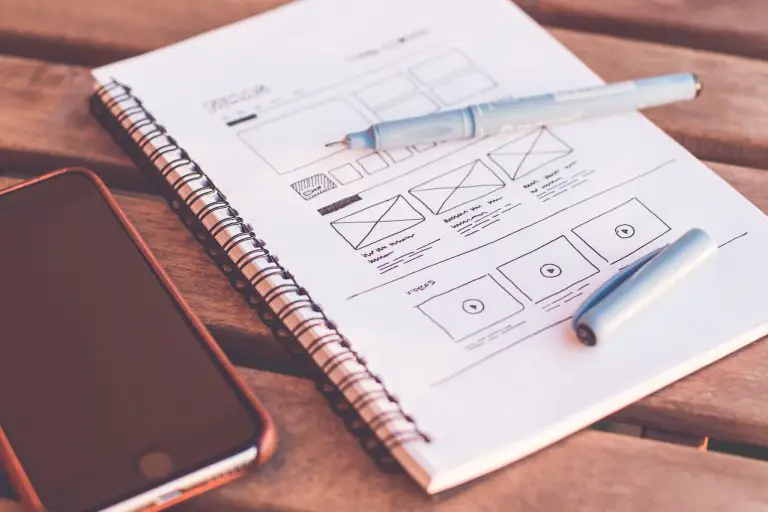In the dynamic world of user experience (UX) design, deeply understanding who you are designing for is crucial. This is where the concept of the “User Persona” comes into play. This is not just a basic user profile, but a fundamental tool that guides UX designers in creating solutions that not only satisfy, but also delight their users. In this blog, we will explore what a user persona is and the characteristics that define a good user persona.

What is a User Persona?
A user persona is a semi-fictional representation of your ideal users, based on real data and some informed speculation about their demographics, behavior, needs and motivations. The purpose of creating personas is to go beyond general statistics and create a profile that the design team can use to make user-centric design decisions. It is a tool that helps visualize the target customer, allowing designers and developers to simulate a more personalized and targeted experience.

Characteristics of a Good User Persona:
Based on Real Research: An effective user persona should be crafted from qualitative and quantitative research. This includes data analysis, surveys, interviews and field observations. The more it is based on real data, the more reliable and useful the user persona will be to the design process.
Specific and Detailed: A good user persona should include specific details that make it feel real and credible. This can include a fictitious name, an age, an occupation, details about their work environment, hobbies, as well as their specific goals and frustrations related to the product or service being designed.
Relevant to the Product: The details included in the user persona should be relevant to the scope of the project. For example, if you are designing a mobile health app, knowing that the user persona enjoys technology and cares about their health may be more relevant than knowing their food preferences.
Represents Behavioral Patterns: A good user persona captures and reflects the behavioral patterns of the typical user. This helps anticipate how different types of users might interact with a product, what features they will value most, and what problems they might encounter.
Clarify User Needs: User personas should clearly highlight the user’s needs and objectives with respect to the product or service offered. This guides the design team to create solutions that solve real user problems.
Include Exclusions: In addition to knowing who your user is, it is equally important to understand who is not. A good user persona also clearly defines who the product is not intended for, which helps avoid dilution of the design focus.
Conclusion
User personas are more than just profiles; they are an essential tool in the arsenal of any UX designer looking to create truly user-centric experiences. By embodying the characteristics of their ideal users, design teams can develop more intuitive, accessible and satisfying products. So the next time you embark on a new design project, remember: understanding your user isn’t just a part of the process; it’s the foundation of all successful design.
Bibliography
⦁ Gluo. (n.d.). UX personas: Qué son, ejemplos y cómo crear una. Recuperado de https://www.gluo.com/ux-personas
⦁ CareerFoundry. (2024). How to define a user persona [2024 complete guide]. Recuperado de https://careerfoundry.com/en/blog/ux-design/how-to-define-a-user-persona/
⦁ UX Design Institute. (n.d.). What are UX personas and what are they used for? Recuperado de https://www.uxdesigninstitute.com/blog/what-are-ux-personas



